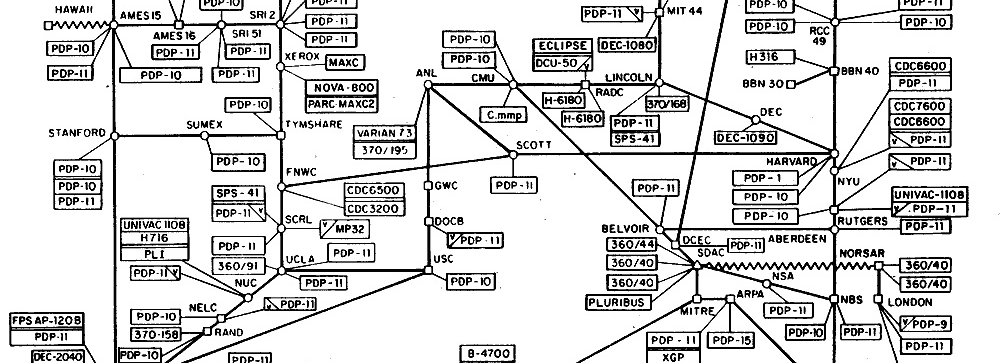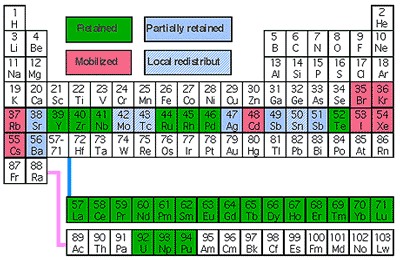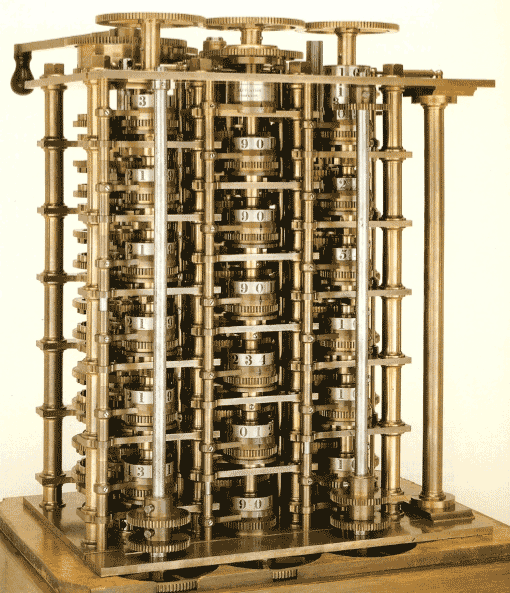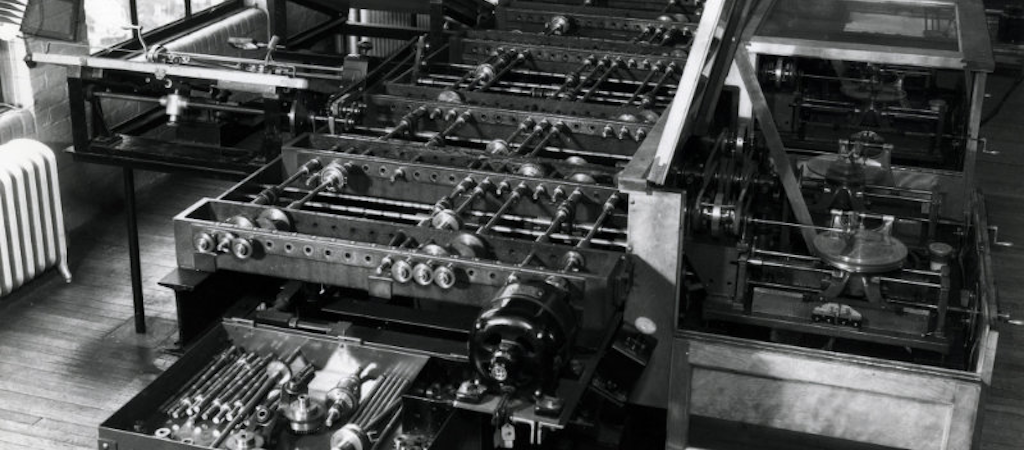One day towards the end of 2000 my wife finally lost her financial patience with me. As she threw a pile of bills and receipts at me she screamed “That’s it! I’m never doing the accounts or paying the bills again. You never collect receipts, you never write a memo in the checkbook, and your work expenses are impossible to understand!” She then stormed out of the room. I was in no doubt that she meant it and she has remained free of the household accounting burden ever since. I unfortunately have not. It is true that until that day I had never balanced a checkbook in my life and habitually threw bank balances in the trash without even opening them – another contributing factor to my wife’s rant. In fact the only time I ever knew my bank balance was when the ATM refused to dispense cash. So it was with great trepidation that I began my fiscally responsible life. I figured that as I had designed and built large financial software systems I ought to be able to use a small one. So after some research I selected Quicken as they had a large share of the market and had a version for Mac.
I have been using Quicken, on a Mac, for all our finances for four years now. I can monitor our financial activity at any level of detail. I can find any transactions in any account, and can create summary reports and graphs showing spending in various categories, for any time period. I can even calculate my net worth – a depressing activity! It takes between 15 and 30 minutes a week to maintain our accounts depending on the amount of financial activity that has occurred during the previous week.
In bringing our accounts under control I have come to realize that complete and accurate financial information is a powerful thing. We recently bought a house, and were able to calculate exactly what we could afford based on four years worth of data. Without Quicken we would have been guessing. Looking back over the past four years using Quicken I can now see that I have gone through several distinct phases. These phases are parts of an unconscious optimization process aimed at reducing the overall cost and effort involved in managing our finances. I did not plan this process it just became obvious once I had access to complete and accurate data. The result is that the banks get less of my money and I spend less time managing it. From the banks perspective financial management software like Quicken is a “bad thing” because customers who use it are less profitable. The following sections describe the optimization process that emerged and some of the pitfalls I encountered.
Stage 1 Account Setup
It took about three months to get everything setup. First I had to find out what accounts we had – quite a few as it turned out. As I discovered each account I set it up in Quicken. The actual setup was trivial but finding all the required information and getting my account “activated” so I could access it through Quicken took many phone calls to the customer support desks of each financial institution. Getting technical support from a bank is like getting medical advice from a hairstylist – it lacks authority and can be completely misleading. Sometimes, it was not until I had been passed through several customer service representatives that I finally heard “Oh ! we don’t support that feature for Quicken on a Mac!” Once the account is setup it takes at least one billing cycle to cross check the paper statement with the Quicken managed data to make sure they reconcile.
Quicken for Mac provides four levels of support for maintaining an account. These levels provide increasing control for the user and decreasing control for the bank. Most of the tradeoffs I made were to do with the cost and level of service I would accept from an institution for the benefits I would get. The four levels of support are described below.
Manual maintenance
This is the worst solution. If your account has more than a few transactions a month entering them by hand will be a major headache. This is the only solution for financial institutions that provide no support at all for Quicken. I avoid these institutions if I possibly can.
Web connect
This is the basic level of support provided by most financial institutions. It requires a visit their website once a month to download a file containing all the transactions which must then be imported into the correct account in Quicken. You can get data more frequently but you have to remember exactly what dates you have already downloaded since you can get duplicate transactions if you are not careful. This approach is ok if you have a limited number of accounts but rapidly becomes a pain if you have more than a few accounts.
Direct connect
This is the best approach if you need to monitor the account on a daily basis. Transactions are downloaded whenever you request and are automatically loaded into Quicken. I have this option for all my bank and credit card accounts. I will not open a new account of this type unless I can get this level of service. I pay $3 a month to my current bank for this service. But my credit cards provide it free. It is interesting that credit card companies will provide this service free but banks will not. I believe the banks fee for this is a deterrent intended to drive customers to use the banks web based service instead.
Direct connect with online bill payment
This provides all the benefits of direct connect but also allows payments to be made through Quicken. This feature means I hardly use checks at all anymore and I can schedule payments to be made at any date in the future. I pay my current Bank $6.95 a month for this service. Again I believe this fee is a deterrent and a way to make up for lost income as I no longer use checks. Paying this fee is a compromise, as well as online banking I want access to a large network of ATMs. I can avoid out of network ATM transactions and do online bill payment through Quicken.
Stage 2 – Categorization
Once my accounts were setup I started to classify transactions. Initially I used Quicken’s default categories but over time I started developing my own categories tailored to my needs. This meant I started to monitor the things that mattered to me. After a while I began to see patterns of spending where we could easily make savings. These patterns were only visible because of the customized categorization scheme.
Stage 3 – Cost Reduction
One of the obvious costs that could be reduced was banking fees. Firstly we decided to only get cash from our Bank’s ATMs. Those $2:00 fees for using other banks ATMs add up quickly. Then there was the $10 fee for automatic transfers from the savings account to the checking account at the end of the month. With the forward view available in Quicken I can anticipate these events and transfer money to avoid any fees. Cumulatively these savings easily cover the cost of the yearly software upgrade.
Stage 4 – Account Consolidation
The next big realization was that we had too many accounts. By consolidating accounts we could further reduce banking charges and the effort required to manage them. For example one savings account was under the threshold balance for free banking. As a result we were being charged once a quarter for the privilege of leaving our money in the account. So I consolidated our savings in a few accounts. This put the account in question over the threshold and stopped the charges.
Stage 5 – Increasing Ease of Use
I have now reached the stage where the main driver for my financial decisions is the ease with which I can integrate new financial institutions into my system. There is enough choice out there that if an institution will not support my computing needs then I will take my business elsewhere. Even my primary checking account can be moved if necessary. I don’t rely on my bank for anything other than acting as the interface between my software and the rest of the financial world. In short they have become a utility provider. The telephone companies provide dial tone and my bank provides the financial equivalent and that’s it. I believe this is why banks make it so difficult to integrate their systems with personal financial software and why they try so hard to get you to use their proprietary online banking systems. They want to lock our data into thier systems and prevent their services becoming commoditized.
Quicken is without doubt the most valuable piece of software I use and has returned the small investment I made in it many times over. It is also a valuable weapon for managing the sharks of the personal finace world.

















